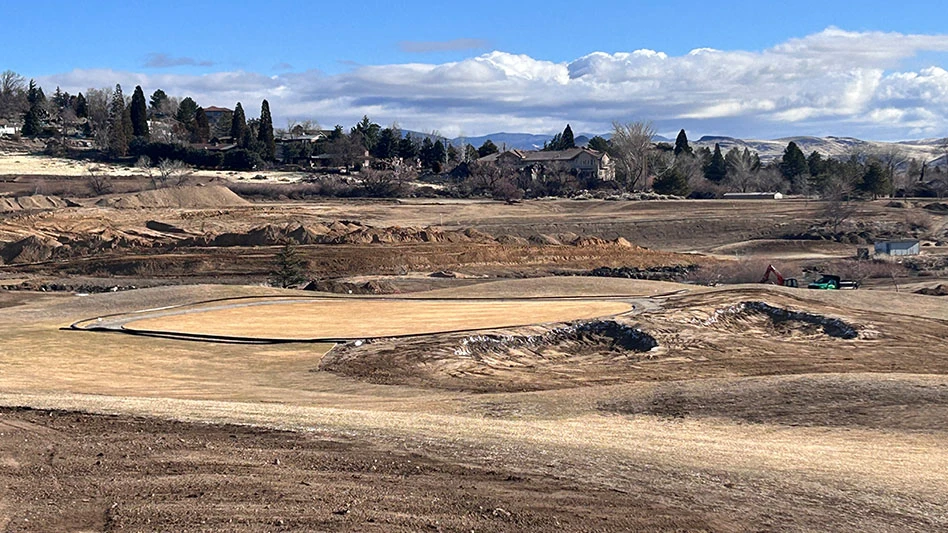Back in mid-April I attended the 2010 Intelligent Use of Water Summit in Washington D.C. that explored some of the key water conservation issues facing the green industry.
Not surprising, this Rain Bird-sponsored event drew a packed house with countless other green industry members attending the conference online and tweeting questions to the conversation. As I sat in the crowd I waited patiently for the anvil of perception and opinion to come hammering down on the golf course industry. Like with many eco-issues, people easily paint a large, red target on the back of this industry. And when it comes to topics like water use, the average Joe sees well manicured fairways and neat greens at their local public links or country club and they point a collective finger in disgust.
Instead, I was pleasantly surprised to hear that one of the main strains on available water resources is intense population growth within and around many U.S. metropolitan areas. And contrary to popular belief, the smart, systematic irrigation of a golf course cannot hold a candle to the amount of water used – and wasted – by the average suburbanite flushing, watering and washing during the course of a typical day.
In fact, the actions taken by many golf courses – such as converting “green” areas into “natural” native habitats and adopting progressive irrigation practices – were cited as examples of commendable smart water usage. And in many cases, the experts made the case that, through the adoption of state-of-the-art irrigation technology, it’s actually possible to save water through smart irrigation.
As cyclical as turf pests, periods of extreme rainfall will eventually give way to periods of parched earth. And as such, you can almost hear your neighbor’s collective gripe of, “As my front lawn browns, so goes the 9th green.”
I know, this sounds like preaching to the choir, but remember, there’s nothing finer than the sound of a well-rehearsed and finely tuned choir.
You can do a lot to better educate your facility’s members and your community by extolling the advanced irrigation technology your facility has invested in. Inform them that you’re pumping your irrigation water from one of your facilities retention ponds, and not the nearby water main. Explain to naysayers that yes, your course maintains healthy, green turf, but you are able to achieve this through smart watering practices that actually utilize less water than the typical backyard hose and oscillating sprinkler. Okay, maybe that’s a little bit of a stretch, but you see my point.
As modern course caretakers you have to be equal parts turf nerd and PR agent. And if you’re not already, then you need to get out there and start interacting and educating those who are the quickest to wave that finger of disapproval at your industry when the rain fails to fall.
Lastly, GCI presents our annual Smart Irrigation supplement, which highlights some of the water-use issues the industry faces. This year we’ve focused much of this special supplement’s editorial on soil moisture and how this impacts a superintendent’s ability to keep greens, well, green. Make sure you check it out.
And if you have a story about how you’ve innovated irrigation practices at your facility, then we want to hear about it. Drop us a line at gci@gie.net.

Explore the July 2010 Issue
Check out more from this issue and find your next story to read.
Latest from Golf Course Industry
- The Cabot Collection announces move into course management
- Carolinas GCSA raises nearly $300,000 for research
- Advanced Turf Solutions’ Scott Lund expands role
- South Carolina’s Tidewater Golf Club completes renovation project
- SePRO to host webinar on plant growth regulators
- Turfco introduces riding applicator
- From the publisher’s pen: The golf guilt trip
- Bob Farren lands Carolinas GCSA highest honor







